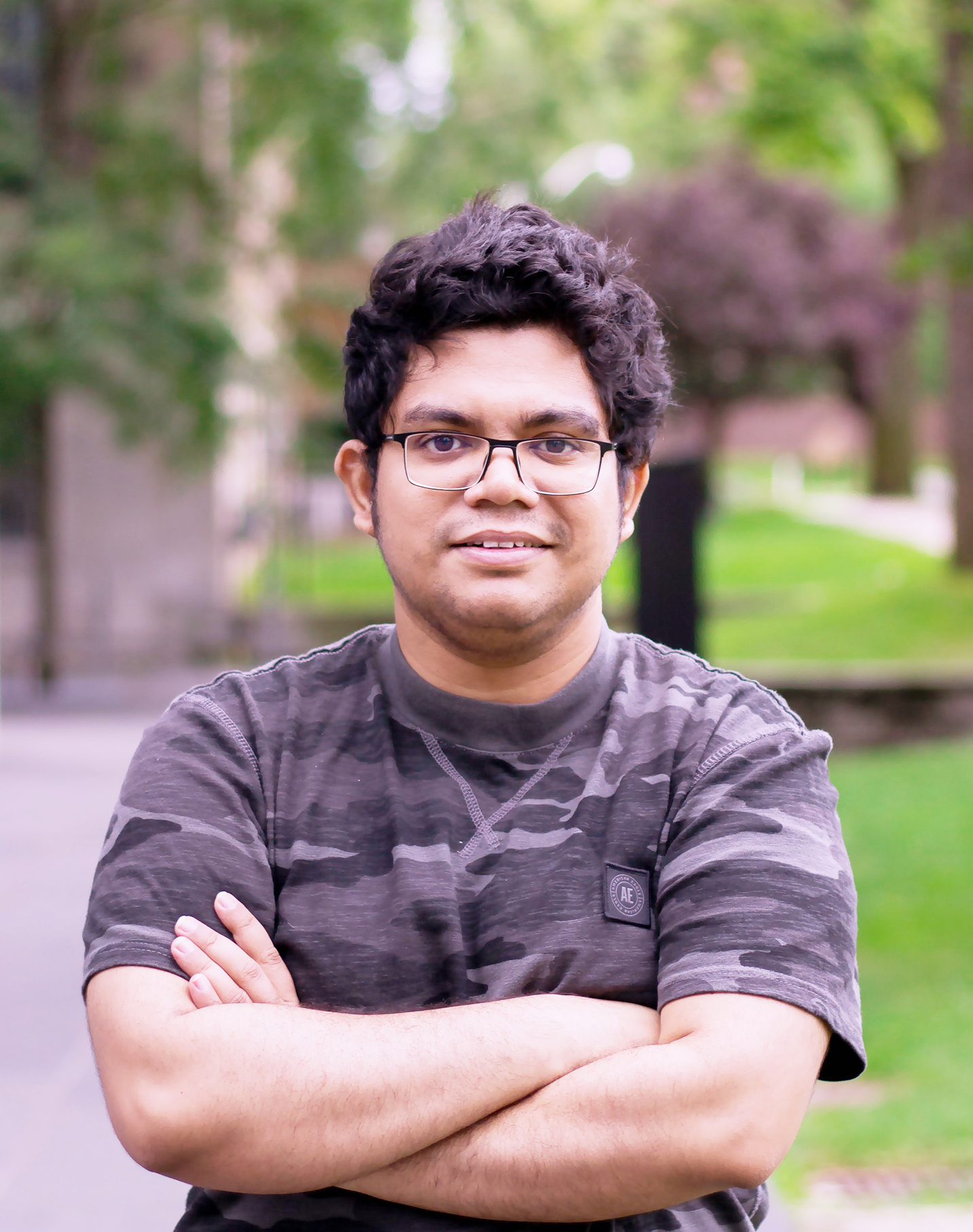Amirul Islam

Toronto, May 2020 |
I am a machine learning researcher with primary interests in generative AI, large language models (LLMs), multi-modal learning, and human-centric AI (e.g., explainability, interpretability, generalization, and bias). Previously, I was a senior machine learning scientist at SES AI and a senior researcher at Huawei Noah's Ark Lab in Toronto. I received my Ph.D. in Computer Science from Ryerson University in 2022, advised by Neil Bruce and Kosta Derpanis. Prior to that, I completed my M.Sc. in Computer Science at the University of Manitoba, advised by Yang Wang and Neil Bruce. I am also a recipient of the Governor General's Gold Medal for outstanding Ph.D. thesis and the Vector Institute Postgraduate Affiliate award. Email: amirul507 [at] gmail.com |
News
- Mar 2025 » One paper submitted to COLM 2025!
- Sep 2024 » One paper accepted to IEEE TPAMI!
- Mar 2024 » One paper accepted to IJCV.
- Oct 2023 » One paper accepted to WACV 2024 as Oral!
- Feb 2023 » One paper accepted to IJCV.
- Feb 2022 » One paper accepted to CVPR 2022
- Jan 2022 » I graduated with a PhD in Computer Science from Ryerson University.